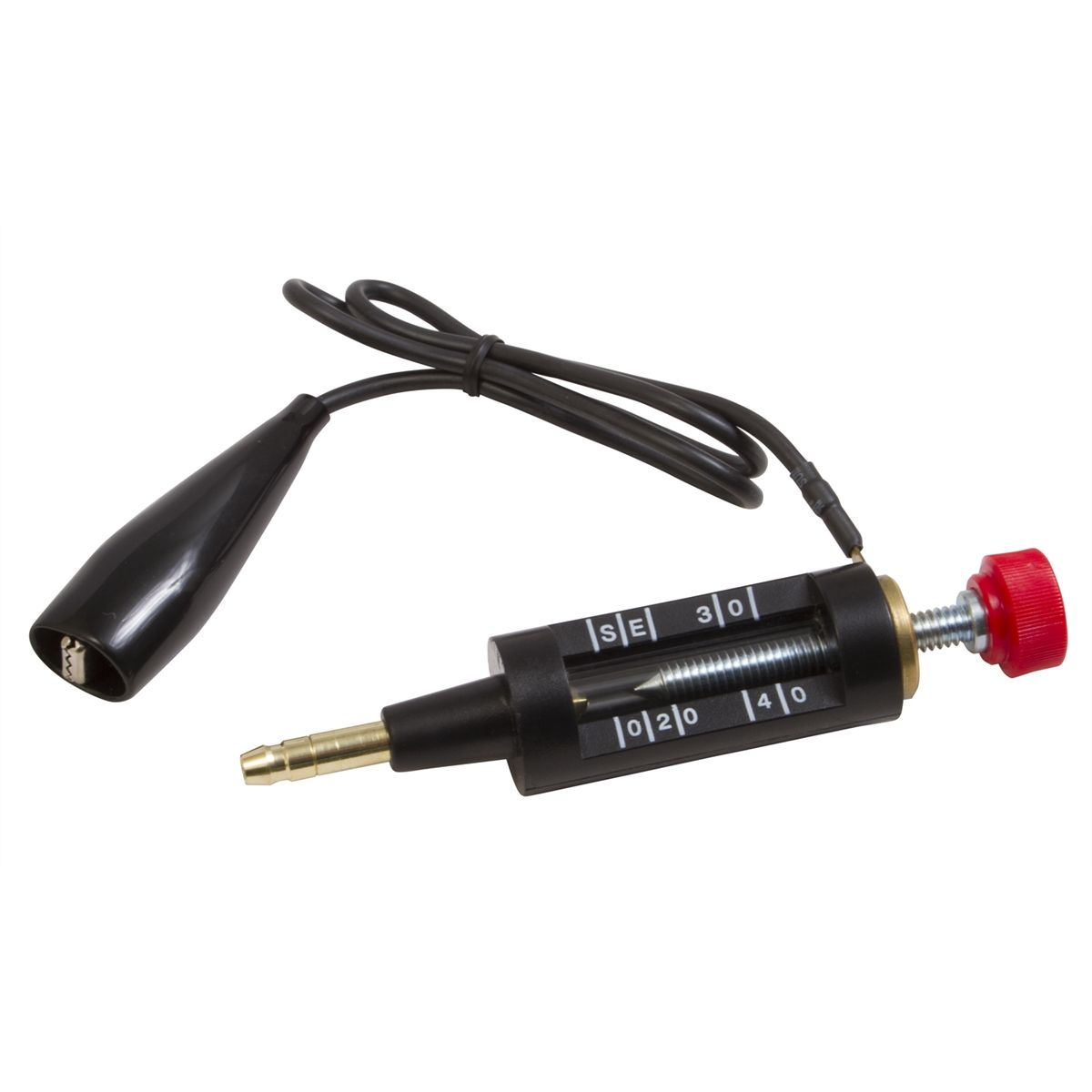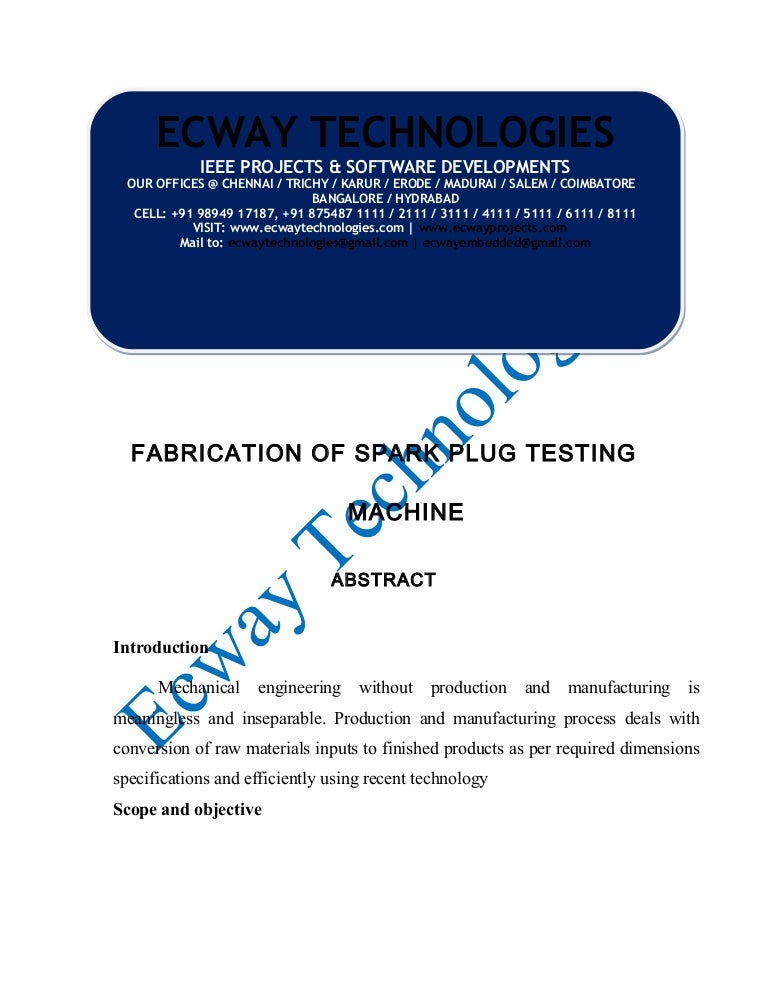
The second test is to ensure that there is no electric current leakage from the center electrode to the ground electrode. Test #2: Conductivity between the two electrodes Similarly, if the resistance reading for the resistor spark plug is more than 10,000 ohms, the spark plug is blown and needs to be replaced.If the resistance reading for the non-resistor spark plug is significantly higher than zero, the spark plug is blown and needs to be replaced.Check the multimeter reading of the resistance.įor non-resistance spark plugs, the resistance reading should be almost zero.įor resistance spark plugs, the resistance reading typically will be between 4000 ohms to 6000 ohms.Take the multimeter leads and place each metal head of the leads – one on the terminal and the other on the center electrode tip. Once cleaned, we can now measure the resistance.

If there are carbon deposits on the tip, clean it using a wire brush.
#TESTING SPARK PLUG HOW TO#
Now that we know the theory, let’s get into how you should test and how to decide whether the spark plug is good or not. If there is a current flow between the electrodes, the spark plug has a damaged insulator and is no longer fit for usage.

The ceramic insulator is supposed to separate the two electrodes and insulate them from each other. If not, there is an electric leakage between the two electrodes. The resistance here should be absolute zero. The second test is to check the conductivity between the center electrode and the ground electrode. That’s why a high conductivity is important between the center electrode terminal and the tip. This will result in a poor spark or even no spark at all from the center electrode. Without good conductivity, the tip will not receive a high-voltage current. So, you want good conductivity to ensure that the tip receives this high-voltage electric current to generate a strong spark for ignition. The high-voltage electricity flows from the terminal to the center electrode tip. If the conductivity is too low (i.e., high resistance) then the spark plug is blown and needs to be replaced. The first test is to check the conductivity between the terminal and the center electrode tip. Conductivity between the two electrodes.Center electrode conductivity from terminal to tip.We would test the spark plug for two things: Now that’s fine, but what are we testing in the spark plug? Here is our post detailing the differences between a resistor and a non-resistor spark plug. The model number of these non-resistor plugs will NOT have an ‘R’ in them. On the other hand, if there is no resistor in the spark plug, they are called non-resistor spark plugs. If the spark plug model number has an ‘R’ in it, that means there is a resistor in the spark plug. The testing of the spark plugs is to check if they are still good or if they need to be replaced.Ī spark plug always has a number on it.


If any of the above two conditions are not met, then the spark plug is damaged.


 0 kommentar(er)
0 kommentar(er)
